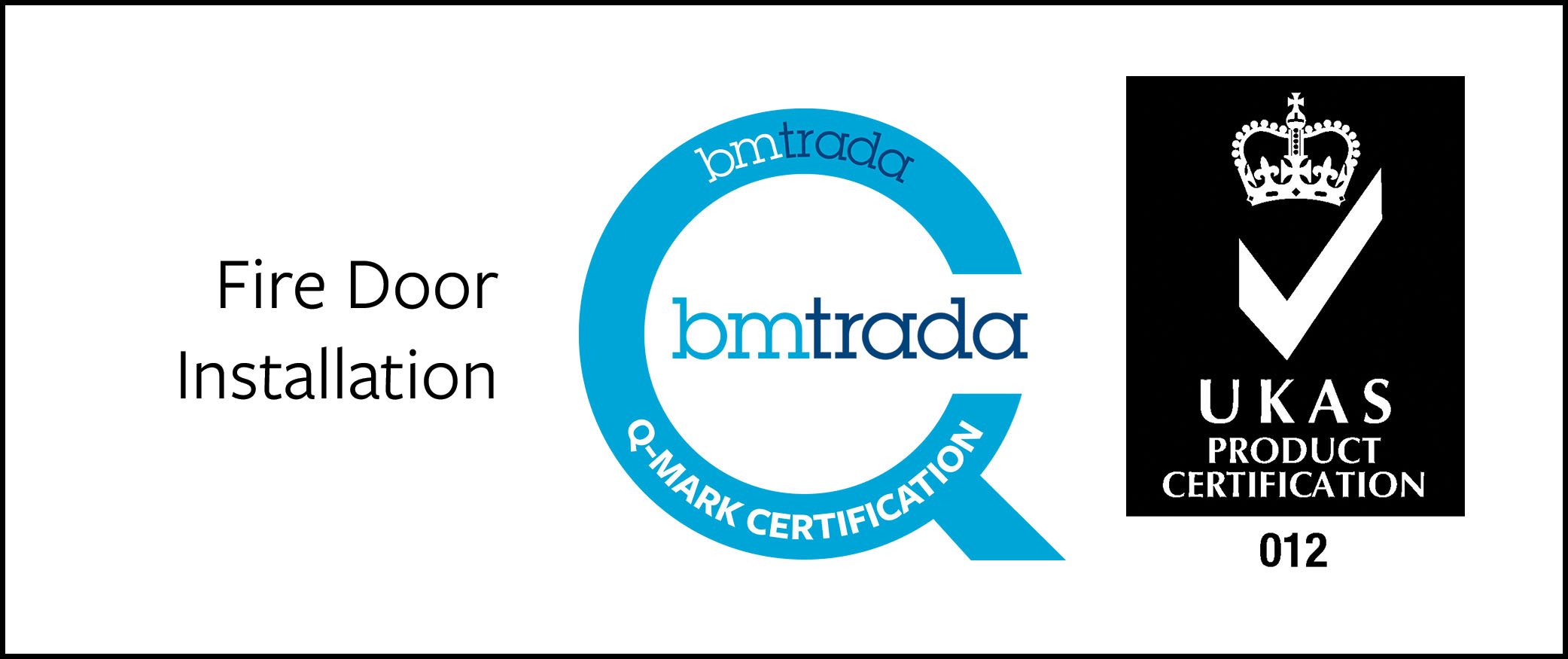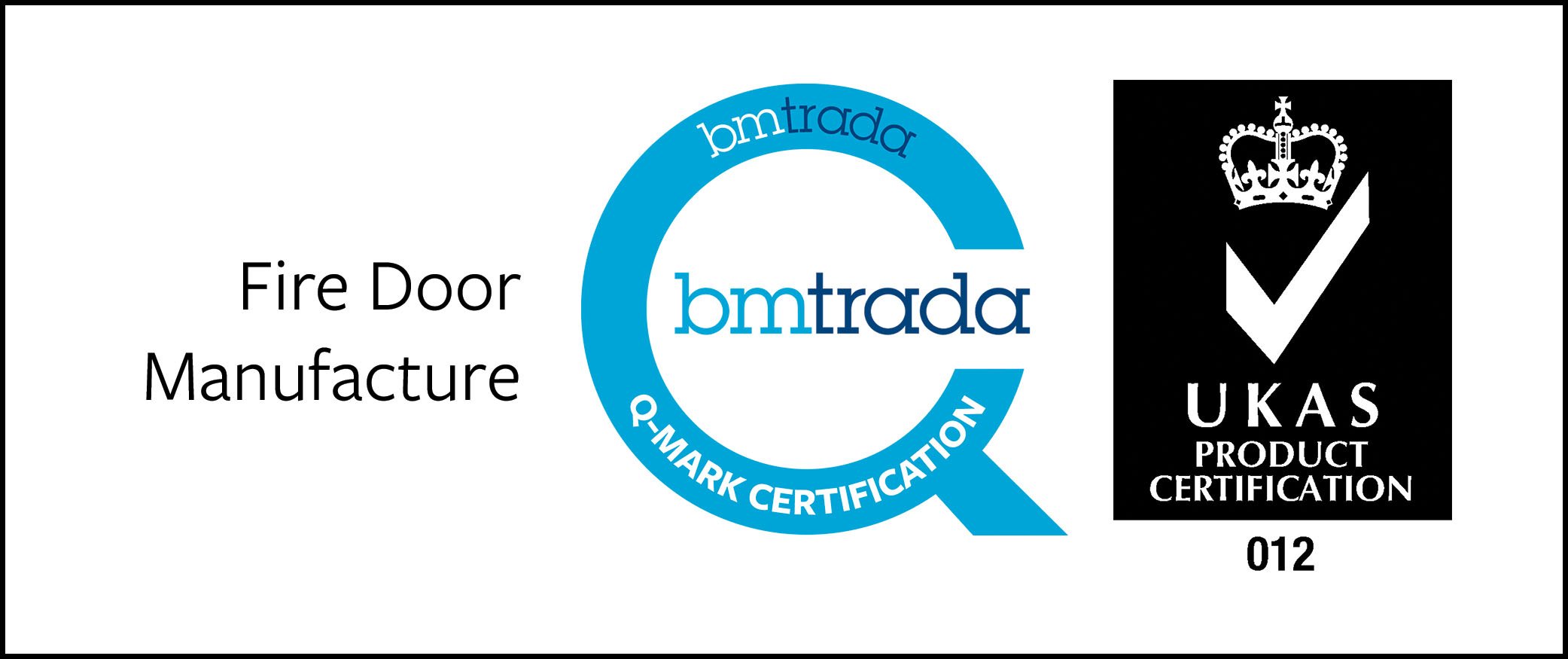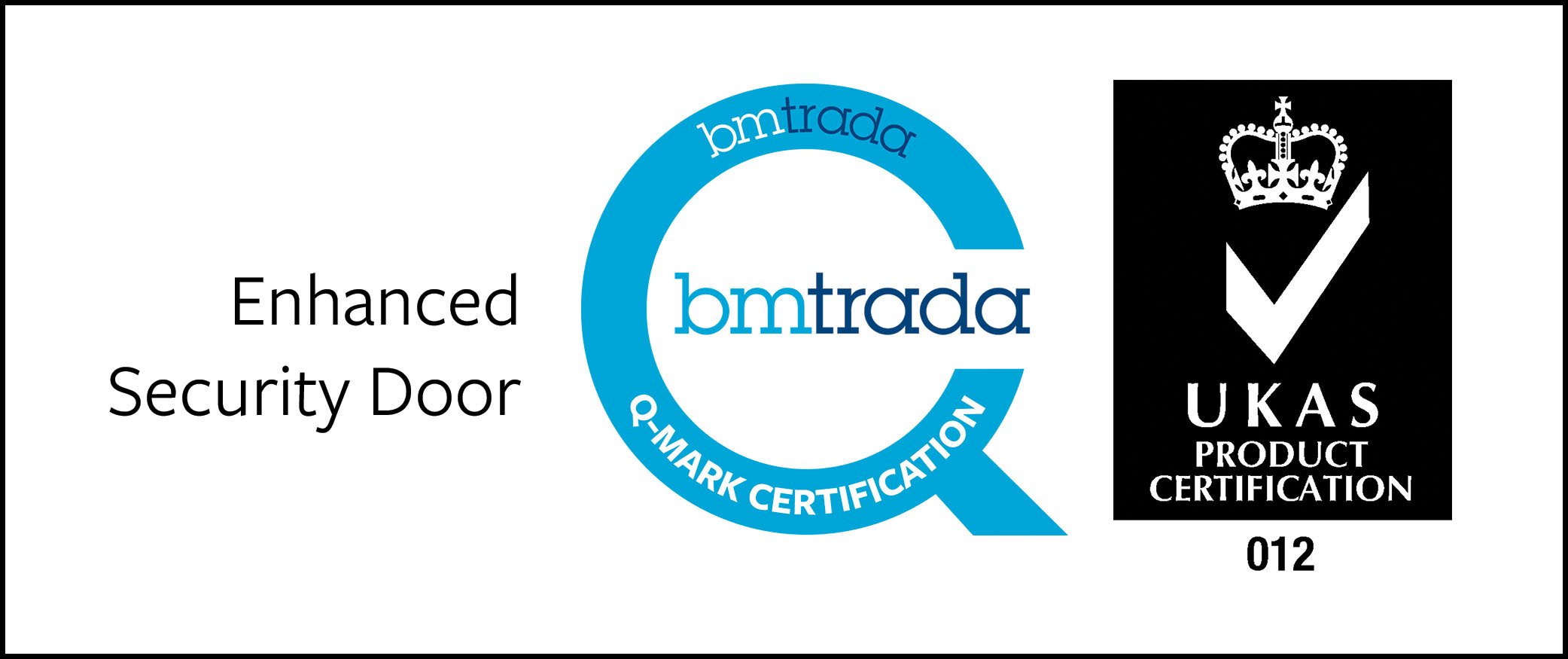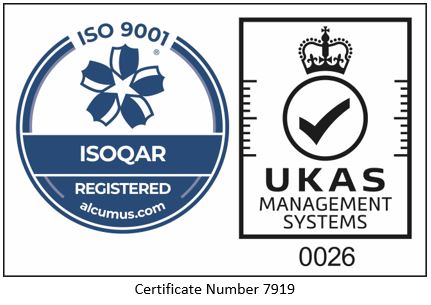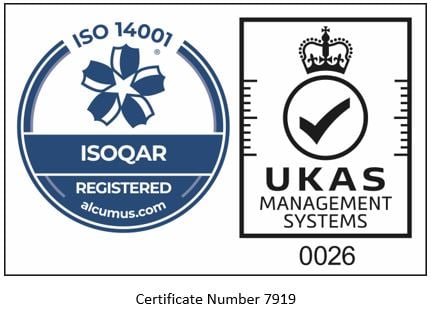Understanding Fire Door Compliance Regulations for Healthcare Estates Managers
Chris Robinson , Aug 8, 2023 9:45:39 AM
In the intricate sector of healthcare estates management, safeguarding lives and properties is paramount. As a diligent estates manager overseeing sprawling NHS buildings, hospitals, hospices, and mental health facilities, your pivotal role in fire safety cannot be understated.
The Health and Safety Executive (HSE) published some statistics on the impact of fires in UK healthcare properties in recent years. In 2020 and 2021, there were 1,130 fires in healthcare settings in England. These fires resulted in 11 fatalities, 133 injuries, and £105 million in property damage.
It’s clear then why a solid understanding of best practice fire door management is essential to prevent adding to these shocking statistics.
This blog delves into the critical arena of UK fire door regulations tailored to healthcare settings, empowering you to navigate compliance complexities and fortify the safety of those entrusted to your care.
The Significance of Fire Doorsets in Healthcare Facilities
As a cornerstone within your fire prevention strategy, fire doorsets serve as vital barriers, engineered to slow the rapid spread of flames and to contain smoke. In the event of a fire, fire doors facilitate orderly evacuations, safeguarding the vulnerable, including patients and healthcare providers.
Strategic placement of fire doorsets within healthcare estates is essential to compartmentalise potential hazards and mitigate risks. To ensure their steadfast efficacy, regular maintenance and compliance with stringent regulations is imperative.
Let’s take a look at these regulations in more detail.
Overview of UK Fire Door Regulations
Fire door regulations DO NOT differ from region to region although a local building or fire officers interpretation of the standards may so it’s always recommended that you seek expert advice from those within the field when it comes to specifying, installing or maintain fire safety measures such as fire doors.
-
Regulatory Bodies and Guidelines
- Building Regulations (England and Wales): Governed by the Ministry of Housing, Communities and Local Government (MHCLG), these regulations set the benchmark for fire safety in new and existing buildings, encompassing healthcare facilities. Key documents include Approved Document B and Building Regulations 2010.
- Scottish Building Standards: Administered by the Scottish Government, these standards dictate fire safety requisites for healthcare establishments in Scotland. The Technical Handbook – Fire is a critical reference.
- Building Regulations (Northern Ireland): Under the purview of the Department of Finance, these regulations prescribe fire safety principles applicable to healthcare premises. Technical Booklet E addresses fire safety.
-
Fire Door Standards and Certifications
- British Standard BS 476: Part 22: This standard gauges fire resistance performance, forming the cornerstone of fire door evaluation. It examines factors such as insulation and integrity during fire exposure.
- BS EN 1634 and BS EN 1363: These European standards harmonise fire testing methods across member states, measuring factors like fire resistance, smoke leakage, and thermal insulation.
-
Understanding Fire Door Components and Ratings
- Door Leaf, Frame, and Hardware: It’s important to note that each of these components make up a ‘fire doorset’. Therefore, each component must be certified and tested individually and as a collective to ensure proper compatibility and full certification.
- FD Ratings and Intervals: Fire doors are classified with FD ratings denoting minutes of fire resistance. These include doorsets that allow for 30, 60, 90 or 120 minutes of fire resistance, depending on your site's requirements (known as FD30, FD60, FD90, FD120 respectively).
Healthcare-Specific Fire Door Regulations and Considerations
The healthcare sector has a unique demand on its fire doors. In this sector it is frequently argued that other performances take precedence over fire performance. Whilst we would not concur that any performance metric is greater than fire safety but recognise that it is our duty as fire door manufacturer’s to meet not only the fire performance, but to supply a complete performance doorset.
Within the healthcare sector, some of the most important aspects of a fire doorset include:
Durable & Protected: Fire doors in the healthcare sector are subjected to a lot of wear and tear, so they need to be able to withstand repeated use and abuse, particularly from trolleys. They should also be made from materials that are resistant to fire and heat.
Accessibility: During normal use, nurses need doors to remain open whilst they manoeuvre patients through, but which self-close afterwards. In an emergency, nurses need to also be able to quickly and easily open fire doors to evacuate patients and staff. For ease of access to ensure maximum accessibility, the doors should be easy to push or pull open. As ward doors are typically 20% wider than standard doorsets, this can pose a challenge to achieve if not considered early.
Visibility: Fire doors should be clearly visible, even in low-light conditions. This is important for medical or healthcare staff to be able to find them quickly in the event of an emergency.
Fire Door Glazing: Fire doors in corridors and stairwells should have glazed panels so that staff can see if there is fire or smoke on the other side. This helps them to make informed decisions about whether to evacuate patients and staff.
Room Specific Considerations For Healthcare Fire Doors
In addition to these general requirements, doctors may also have specific needs for fire doors in certain areas of the hospital, such as:
Operating Rooms: Fire doors in operating rooms should be able to withstand the heat and smoke from a fire in the room without compromising the sterility of the environment. They should also be easy for medical staff to open while wearing gloves and gowns.
ICUs: Fire doors in ICUs should be able to withstand the heat and smoke from a fire in the room without compromising the care of critically ill patients. They should also be easy for doctors to open while wearing personal protective equipment.
Labour And Delivery Rooms: Fire doors in delivery rooms should be able to withstand the heat and smoke from a fire in the room without compromising the safety of the mother and baby. They should also be easy for staff to open while wearing gloves and gowns.
Many solutions to address the above are available and may involve the specification of additional components to add robust protection. These could include full protection plates, kick plates, edge protection for protection, additional vision panels or blinds to increase privacy or operational hold-open or self-closing devices.
Considerations During Fire Door Specification
It’s important to remember, ANY additional device or protection added to a fire door without the formal approval of the fire door manufacturer may invalidate fire certification.
This also applies to well-intentioned adjustments made by operational staff.
Whilst holding doors open with a wedge or un-hooking a door closer may assist in daily operational duties it will in fact render the fire operation of this doorset useless, therefore threatening the safety of those in your care.
Applying manifestations, blinds or other coverings to fire glass may also reduce the performance of the glass during a fire, so these should always be kept clear.
Finally, the lack of regular fire door maintenance can invalidate fire certification and result in the expected lifespan of the door being severely reduced.
Common Fire Door Compliance Issues
After decades of experience working within and alongside the healthcare sector, there are some common fire door issues that continually arise, endangering the compliance of healthcare facilities.
Here are some of the most common fire door compliance issues:
Lack of Proper Installation and Maintenance
Inadequate Installation: A fire door's efficacy hinges on its correct installation. Improperly installed doors can create gaps that compromise their integrity, allowing fire and smoke to infiltrate. All certified doorsets should be installed by a certified installer.
Neglect in Maintenance: Over time, wear and tear can erode a fire door's capacity to withstand fire. Regular maintenance, including regular service checks are essential to maintain ongoing compliance. Pre-planned maintenance is a simple way to ensure your fire doors are routinely checked in line with the most recent fire regulations.
Inadequate Seals and Gaps
Intumescent Seals: These seals expand when exposed to heat, closing gaps between the door and frame. Insufficient seals can undermine the door's ability to contain fire and smoke effectively therefore nullifying the fire resistant properties of these fire doors.
Threshold Gaps: Gaps beneath doors can permit the passage of smoke and flames. Maintaining proper clearance and installing threshold seals is crucial.
Upgrading and Retrofitting Fire Doors
Compatibility Concerns: When upgrading or retrofitting fire doors, ensuring compatibility with existing frames and hardware is pivotal. Mismatched components can compromise fire resistance. To prevent this, partner with fire door manufacturer’s who can advise and provide complete performance doorsets.
Door Replacements: Substituting fire doors with non-compliant alternatives can introduce vulnerabilities. Replacement doors must adhere to relevant standards.
Conclusion
Understanding the intricacies of UK fire door regulations is a crucial aspect of your role as a healthcare estates manager. The significance of fire doors in healthcare facilities cannot be understated.
As we have alluded, the holistic treatment of fire doors within medical facilities has a greater bearing on the performance and longevity of fire doors that cannot always be addressed by minimal maintenance. The additional duties requested of a fire door (protection, visibility, operation) are a significant requirement and must work at floor level, before none authorised persons “adapt” them.
In buildings frequented by vulnerable people, it’s more important than ever to ensure that they are safeguarded through proper due diligence when it comes to fire door best practices. This includes the correct specification, installation and careful maintenance of these life-saving devices.
From high-risk areas to mental health facilities and hospices, each space demands a bespoke approach that blends safety, functionality, and the unique needs of its occupants.
About RW Maintain
RW Maintain provide bespoke service packages for your business or buildings, including the inspection, repair and replacement of all fire-rated doorsets.
RW Maintain argue that healthcare more than any other industry require doorsets to be frequently inspected and preventatively maintained, preventing damage caused by fatigue, unauthorised alteration or ill-advised adaptions.
For those in the healthcare environment we offer bespoke fire doorset services, carefully designed around industry-specific legislation, to meet current British Standards and NHS requirements.
For a fixed-term, you are assured that all fire doors are maintained in accordance with British standards, keeping you and your occupants safe.
If you have a building or project that would benefit from a maintenance package for your fire doors, contact an expert at RW Maintain today.



